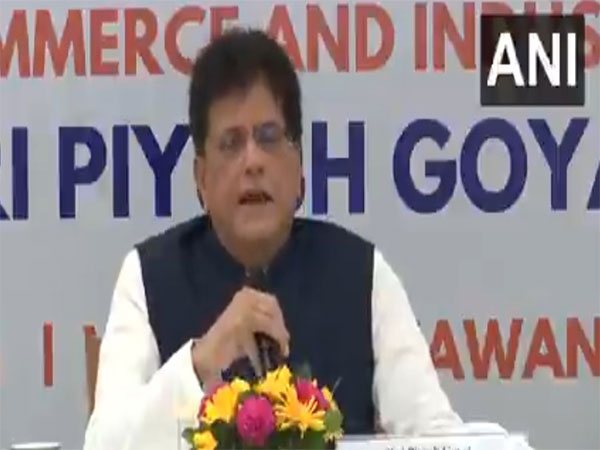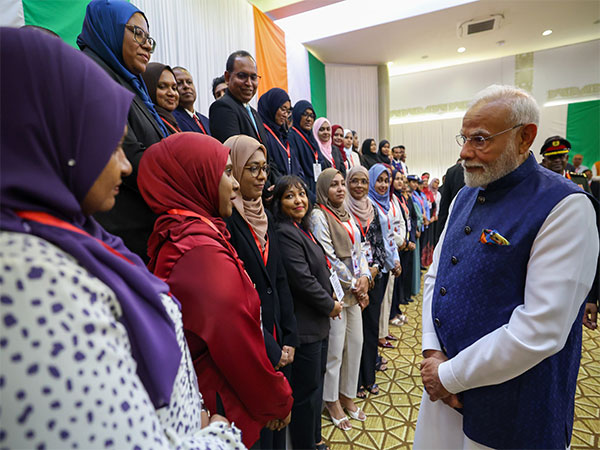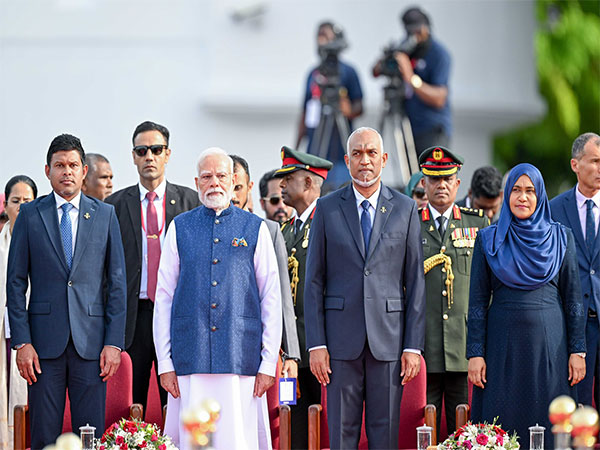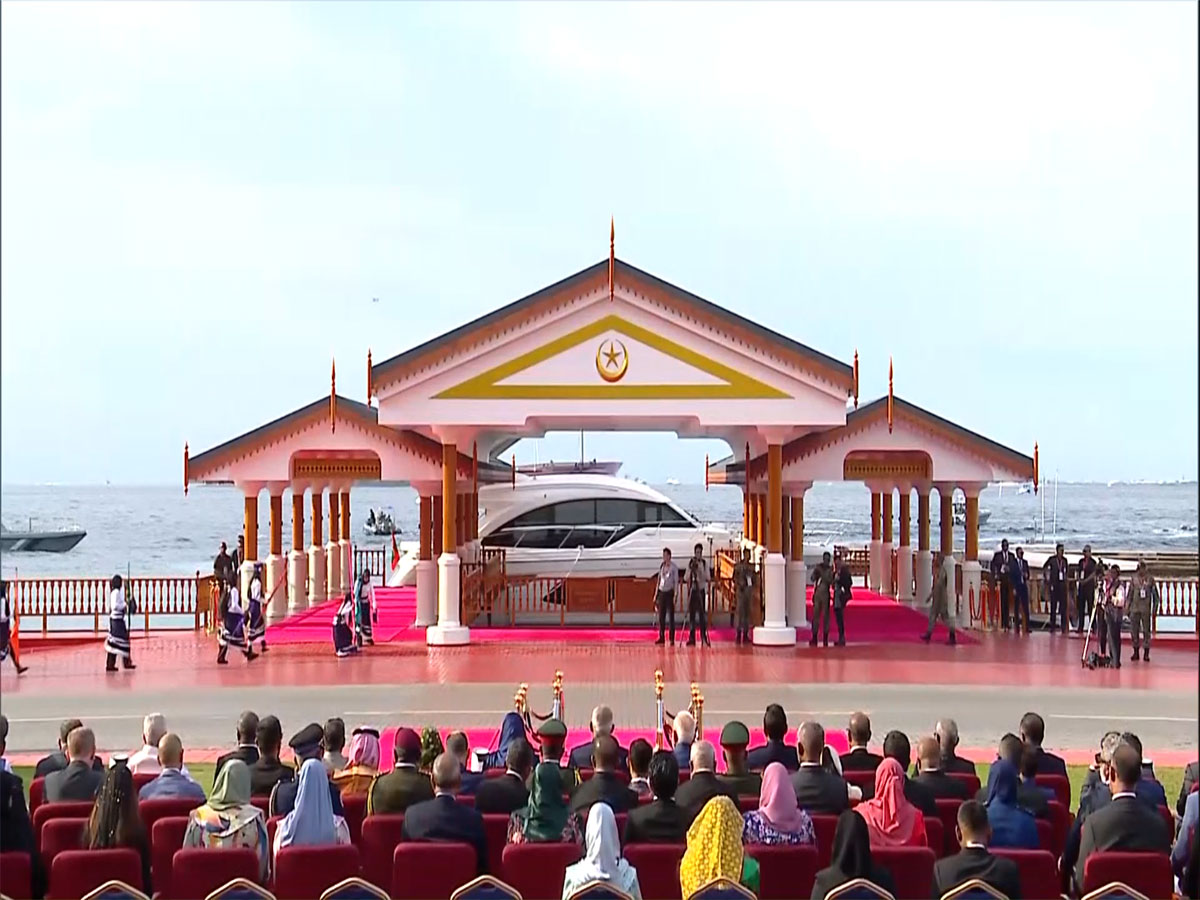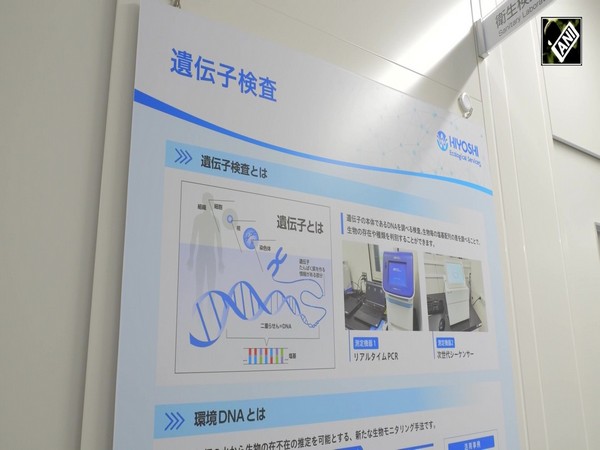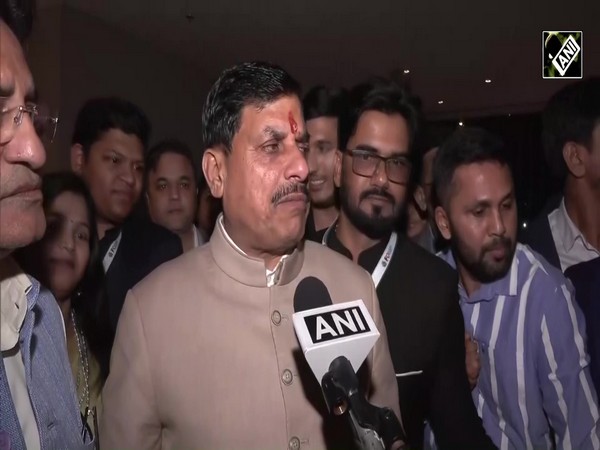FAME III scheme in final stage but unlikely to be part of Budget: Minister HD Kumaraswamy
Jul 16, 2024

New Delhi (India), July 16 The third leg of the Faster Adoption and Manufacturing of Hybrid and Electric Vehicles (FAME) scheme is in the final stage, said Union Minister HD Kumaraswamy, however noting that it won't be part of the upcoming union Budget scheduled to be tabled on July 23.
Speaking to media persons on the sidelines of an industry event, Kumaraswamy, who is the Heavy Industries and Steel Minister, noted preparation work is going on for the implementation of FAME III, and ministries have recommended how to implement the FAME III program.
When asked about the implementation of FAME III, HD Kumaraswamy said, "Preparatory work is going on. All seven (line) ministries have recommended how to frame the program; in some future month....days we are going to implement it," he said.
When asked if FAME III will be part of the upcoming union Budget, the minister said: "No, it is in the final stages."
The second phase of the Faster Adoption and Manufacturing of Electric Vehicles, commonly known as the FAME II, scheme ended on March 31, 2024, after being effective since 2019.
The Indian government has provided a total subsidy of Rs 11,500 crore under the scheme to electric vehicle manufacturers and consumers.
During the Interim Budget, Finance Minister Nirmala Sitharaman allocated Rs 2,671.33 crore for the FAME scheme.
In order to fastrack the switch to green mobility, the government started the Faster Adoption and Manufacturing of Hybrid and Electric Vehicles (FAME) scheme, which provides incentives for purchasing electric vehicles.
Phase one of this scheme was launched for two years, which commenced on April 1, 2015. The scheme was subsequently extended and allowed until March 31, 2019. A total of Rs 529 crore was allocated towards the FAME 1.0, which was utilized fully.
The government commenced phase two of the FAME Scheme with Rs 10,000 crore for a period of three years. The scheme started on April 1, 2019. Eighty-six per cent of the money was allocated for demand incentives to create a demand for electric vehicles in the country.



